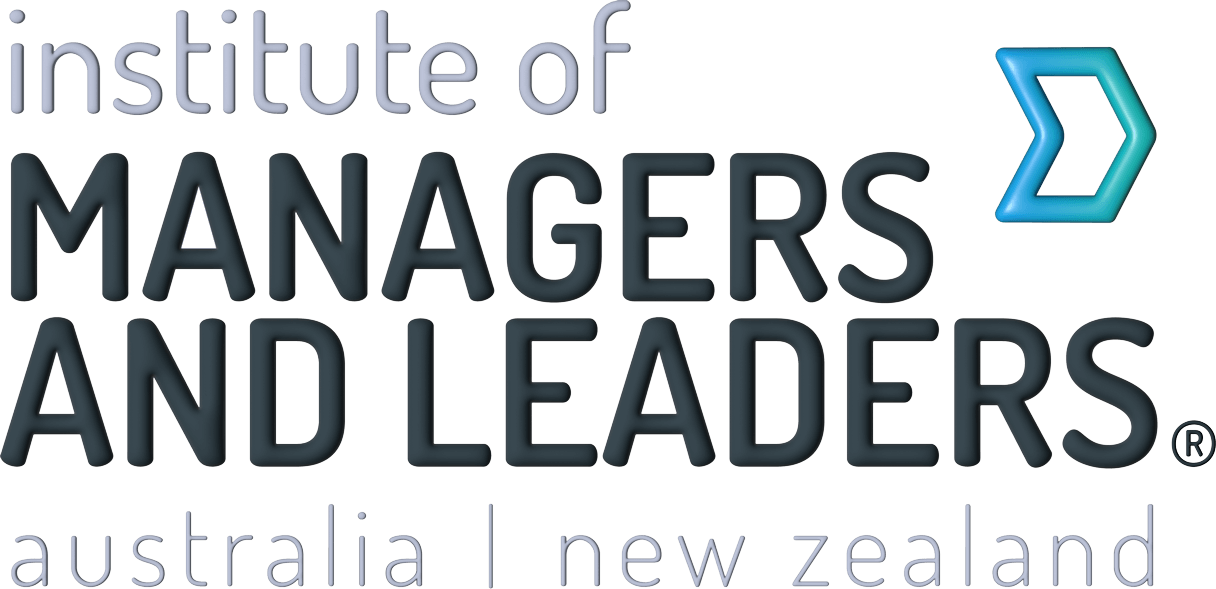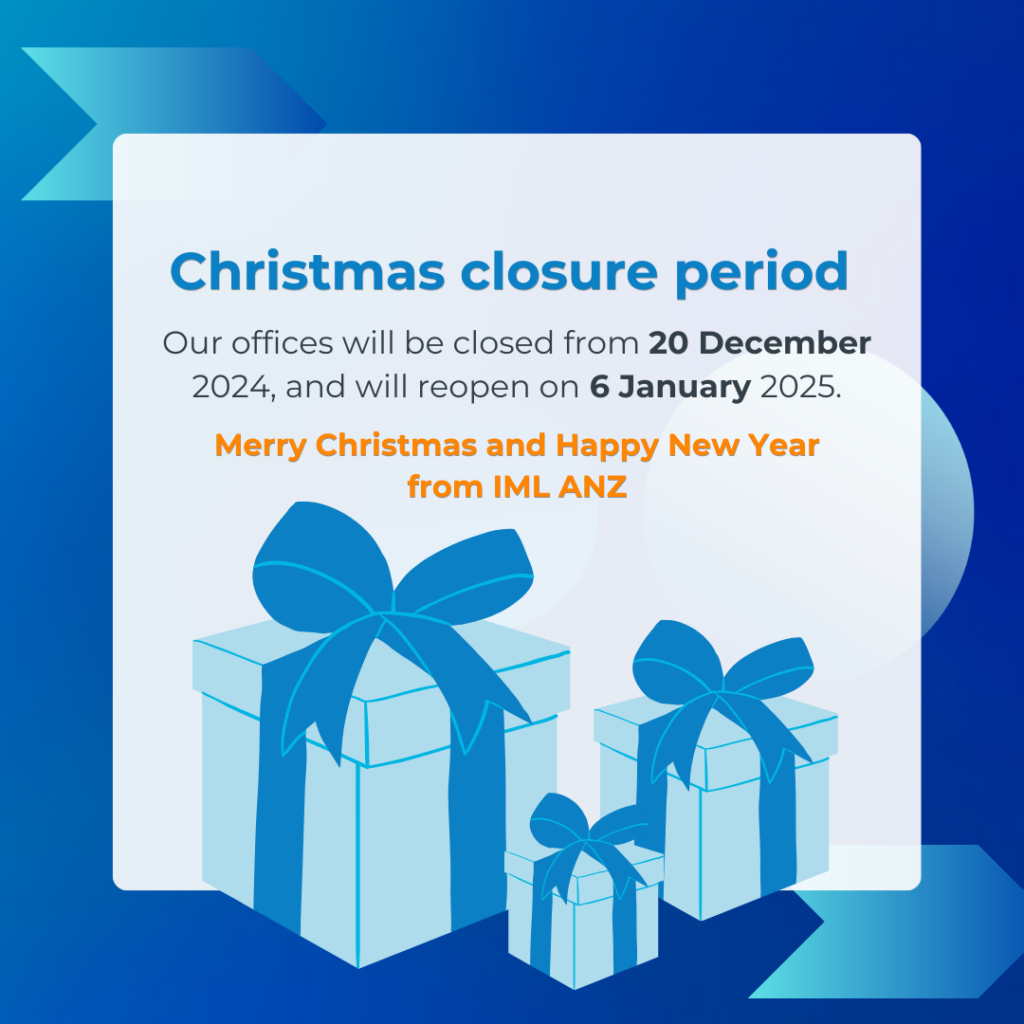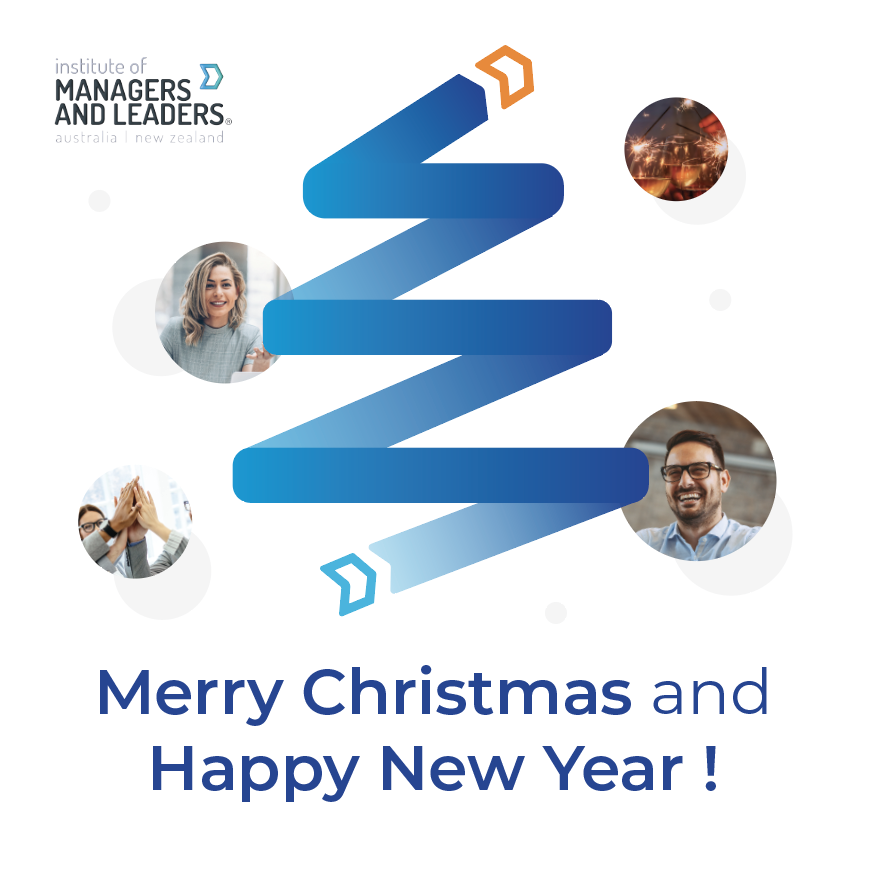In today’s extremely competitive job market, creating an effective reward and recognition system is crucial for driving employee engagement and organisational success. For Australian businesses, where employee satisfaction and motivation are key to maintaining a strong workforce, getting this right can make a significant difference. Here’s a guide to designing reward and recognition systems that truly deliver maximum impact.
1. Understand the Local Workforce Dynamics
Australia’s workforce is diverse, with varying expectations and preferences when it comes to rewards. Employees increasingly seek personalised reward systems that cater to their individual needs. According to the Reward and Employee Benefits Association, younger employees may value career development opportunities and flexible work arrangements, while more experienced staff might prioritise financial rewards or additional leave.
Tip: Conduct regular surveys and feedback sessions to understand what most motivates your employees, and what they most value. Provide variety in your reward system to accommodate these preferences, ensuring it resonates with the diverse needs of your workforce.
2. Combine Financial and Non-Financial Rewards
A well-rounded reward system incorporates both financial and non-financial elements. While bonuses, salary increments, and incentives are effective, non-financial rewards like recognition programs, professional development opportunities, and wellness initiatives also play a crucial role.
A 2022 McKinsey study on the future of work revealed that as much as 55% of employee engagement comes from non-financial recognition, making it the most significant factor influencing employee experience. This suggests that non-financial rewards can be as impactful as financial ones.
Tip: Develop a comprehensive rewards program that includes monetary incentives such as performance bonuses, as well as non-monetary rewards like learning and development, social impact initiatives, career growth opportunities, and wellness programs.
3. Leverage Technology for Real-Time Recognition
Incorporating technology into your reward and recognition strategies can enhance their effectiveness. Digital tools that facilitate real-time acknowledgment of achievements help foster a culture of continuous feedback and engagement.
Platforms like employee recognition systems allow for instant recognition, which can improve employee satisfaction and retention.
Tip: Invest in technology that supports real-time recognition and feedback, this can be from other employees, peers and leaders. Ensure these tools are user-friendly and integrate seamlessly with your existing HR systems.
4. Ensure Transparency and Fairness
Transparency and fairness are crucial components of an effective reward system. Employees are more motivated when they perceive the system as fair and clear. A Forbes article report that it is important to clearly communicate the criteria for rewards and recognition to build trust and ensure alignment with organisational goals.
Tip: Develop and communicate transparent criteria for rewards and recognition. Regularly review and adjust the criteria to keep it aligned with company objectives and employee feedback.
5. Align Rewards with Organisational Values and Goals
A reward system should not only motivate employees but also align with the broader goals and values of the organisation. Aligning rewards with company values helps reinforce desired behaviours and contributes to overall organisational success according to HRD Connect.
Tip: Design reward and recognition programs that reflect and promote your organisation’s core values and strategic objectives. This alignment reinforces behaviours that drive the company forward.
6. Monitor and Adjust the System Regularly
The effectiveness of any reward and recognition system should be continuously monitored and adjusted based on uptake, feedback and changing business needs. An article by The Insitute of Directors state that regular evaluations help identify areas for improvement and ensure that the system remains relevant and effective.
Tip: Implement a regular review process for your reward and recognition programs. Collect feedback from employees, assess the system’s impact, costs, and make necessary adjustments to maintain its effectiveness.
Designing a reward and recognition system that maximises impact requires a thoughtful approach that considers the unique needs of your workforce. By combining financial and non-financial rewards, leveraging technology, ensuring transparency, and aligning with organisational values, Australian businesses can create an environment that drives employee engagement and satisfaction. Regular monitoring and adjustments ensure that the system remains effective and aligned with both employee expectations and organisational goals.
By following these strategies, HR professionals in Australia can develop reward and recognition systems that not only motivate employees but also contribute to the overall success of the organisation.
Looking to upskill your workforce?
Discover our range of Short Courses designed to help master essential skills that are crucial for effective management. Choose from key areas such as performance management, communication skills, and time management.



